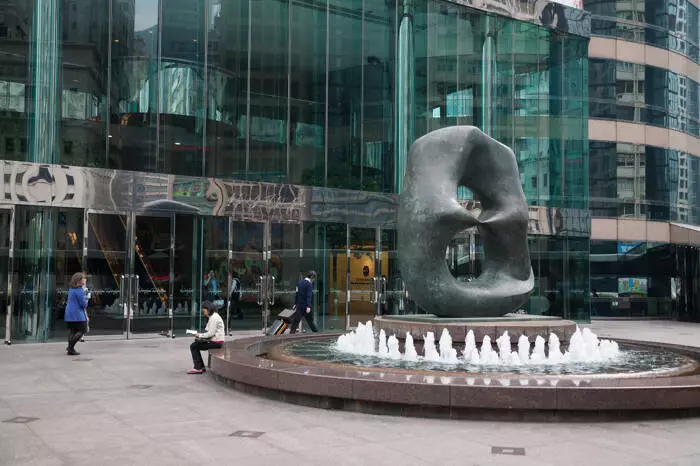The Hang Seng Index has recently taken a significant hit, marking its fourth consecutive week of decline with a disconcerting drop of 2.46%. This decline comes amidst rising apprehensions regarding a potential global recession. The backdrop of this economic uncertainty is compounded by the Ching Ming Festival, which rendered both Hong Kong and Mainland China markets unavailable on April 4. During this hiatus, fears intensified, and the week’s losses felt heavier than they might have otherwise.
In particular, the Hang Seng Technologies Index was not spared, plummeting by 3.51% as investors exhibited a palpable reluctance to hold positions in volatile sectors, such as electric vehicles (EVs) and technology. Key players in these industries faced drastic losses, with BYD Electronics’ stock plummeting by 10.71% and BYD Company Ltd., along with competitors NIO Inc. and Li Auto, experiencing similar downward trends. These figures highlight a concerning pattern of investor disenchantment, as the pursuit of innovation in the EV sector seems overshadowed by economic uncertainties.
Market Sentiment and Key Players
The performances of major Chinese enterprises have similarly faltered, with Alibaba and Baidu witnessing declines of 5.73% and 5.95%, respectively. The situation calls into question the robustness of investor confidence, especially as the weekend approached, when market-moving policy developments could dramatically shift sentiment. Brian Tycangco from Stansberry Research aptly pointed out the defensive stance of Chinese ADRs, indicating a market gripped by uncertainty and awaiting decisive policy moves from Beijing. Investors know that any positive guidance emanating from the Chinese government could spell relief or further strife.
Additionally, the effects of broader economic conditions are palpable, as evidenced by a significant loss suffered by several notable ADRs. All eyes were on April 4 when Chinese ADRs like Alibaba and JD.com faced a plunge of over 10%, further driving home the point of investor caution and the precarious atmosphere gripping the markets.
Global Dynamics and Their Local Impacts
The challenges faced by the Hang Seng Index are not isolated; they reflect a broader set of global dynamics impacting financial markets. Commodities have also felt the weight of trade tensions and evolving central bank policies. For instance, gold, which was previously benefitting from a bullish run, encountered a reversal, leading to a 1.52% decline, closing at $3,037. This decline was influenced by the hawkish tone from Federal Reserve Chair Powell and upbeat U.S. labor market data that spurred fears of rate hikes, subsequently eroding the gold market’s previously strong position.
Oil markets are similarly volatile, with WTI crude prices receding by an alarming 9.81% as demand concerns and OPEC’s impending increased output triggered panic selling. This wave of selling swept across various sectors, dragging down indices worldwide, such as the ASX 200, which slid 3.94% as mining, oil, and technology stocks all suffered significant losses. BHP and Rio Tinto, instrumental players in the mining sector, recorded declines of over 7%, while the technologies sector cascaded downwards amid accumulated pressures.
Domestic Repercussions in Japan
Moreover, the Hang Seng Index’s challenges echo through Japan’s financial landscape, where the Nikkei Index witnessed a significant drop of 7.30%. The escalating tensions arising from potential tariffs, coupled with a surge in demand for the Japanese Yen, correlate with expectations of reduced export competitiveness for Japanese automakers such as Nissan and Honda. They endured staggering losses of 13.46% and 9.24%, respectively. The implications of fluctuating tariffs and currency values on corporate revenues underscore the interconnected nature of today’s global markets.
As businesses and investors brace for whatever policy Almoners may announce, the specter of uncertainty looms large. Recent economic data and central bank guidance will be crucial parameters influencing market movements in the near term. With the financial world on a knife’s edge, stakeholders must maintain vigilance and adaptability as they navigate through these testing economic times.

